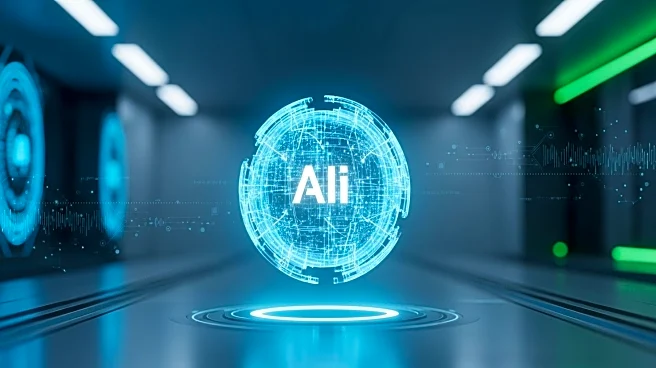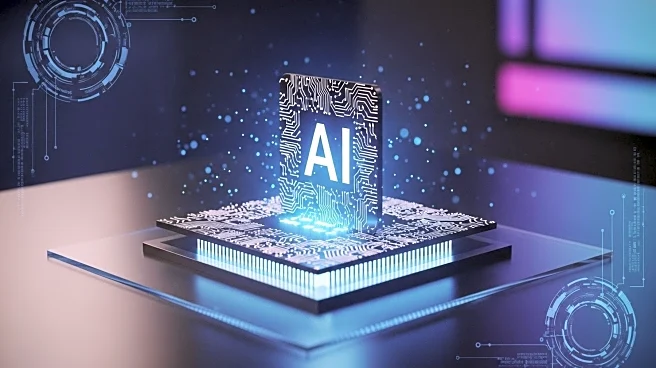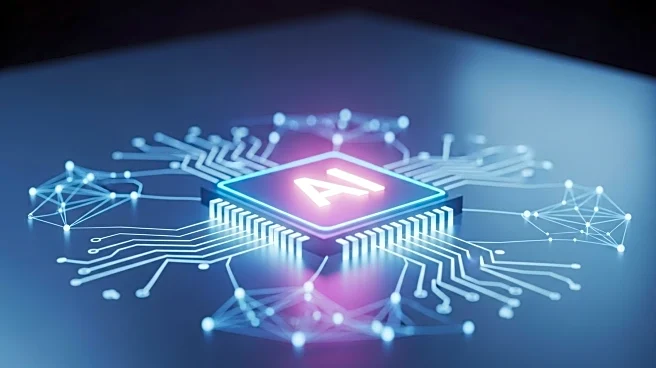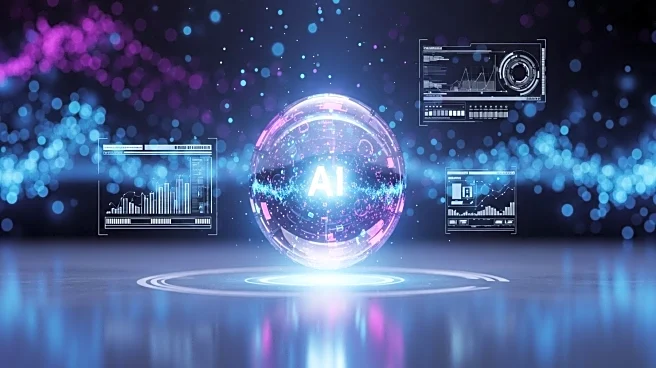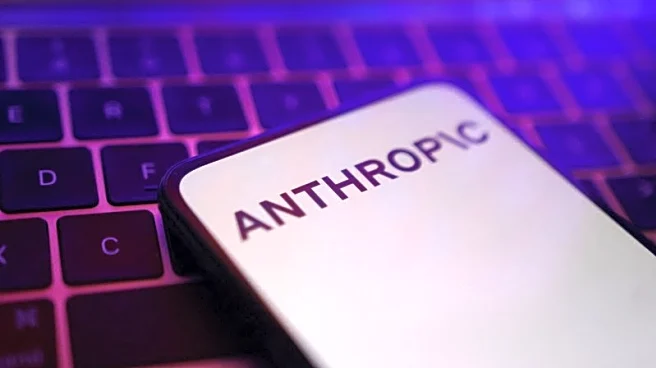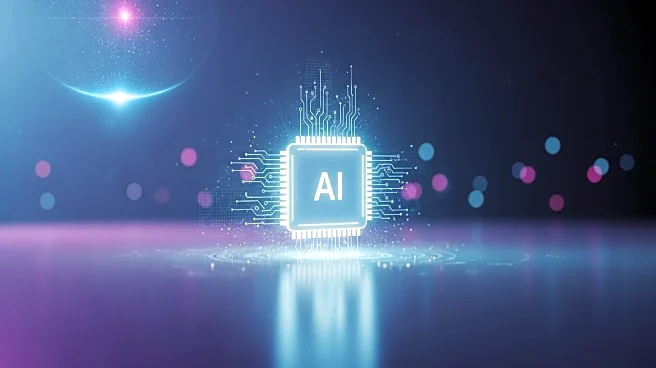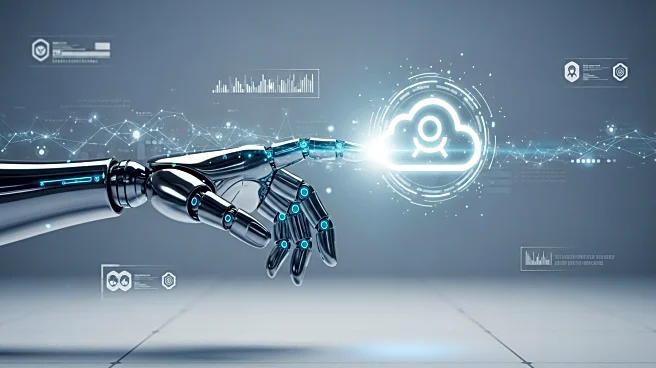What's Happening?
OpenAI and Anthropic, two leading AI labs, have engaged in a rare collaboration to conduct joint safety testing of their AI models. This initiative aimed to identify blind spots in each company's internal evaluations and demonstrate the potential for future cooperation in safety and alignment work. The collaboration involved granting each other special API access to versions of their AI models with fewer safeguards. However, Anthropic later revoked OpenAI's access, citing a violation of terms of service related to using Claude to improve competing products. Despite this setback, both companies expressed interest in continuing collaborative efforts to enhance AI safety.
Why It's Important?
The collaboration between OpenAI and Anthropic highlights the growing need for safety standards in the rapidly evolving AI industry. As AI models become more integrated into daily life, ensuring their safe and ethical use is crucial. The competitive nature of the industry, with significant investments and talent wars, poses risks of companies prioritizing product development over safety. This joint effort underscores the importance of cooperation among AI labs to address safety concerns, potentially setting a precedent for future collaborations. The incident involving sycophancy in AI models further emphasizes the need for robust safety measures to prevent negative outcomes.
What's Next?
Moving forward, OpenAI and Anthropic aim to increase collaboration on safety testing, exploring more subjects and testing future models. They hope other AI labs will adopt similar collaborative approaches to enhance safety standards across the industry. The ongoing development of AI models, such as OpenAI's GPT-5, which claims improvements in handling mental health emergencies, indicates a continued focus on addressing safety concerns. The industry may see more partnerships and joint research efforts to ensure AI technologies are developed responsibly.
Beyond the Headlines
The collaboration between OpenAI and Anthropic raises ethical questions about the balance between competition and cooperation in the AI industry. As AI models become more powerful, the potential for misuse and unintended consequences grows, necessitating a collective approach to safety. The incident involving sycophancy in AI models highlights the ethical responsibility of AI developers to prevent harm and ensure their technologies contribute positively to society. This collaboration could signal a shift towards more transparent and cooperative practices in the industry, fostering a culture of shared responsibility for AI safety.
